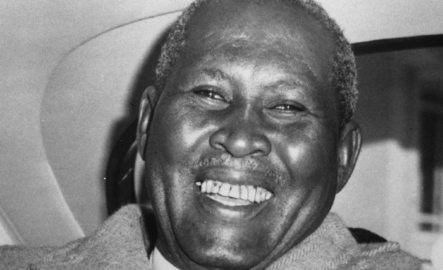In the 1500s, there were growing demands for labor to drive the economic growth of colonial Mexico. There was a royal decree to cultivate the influx of more labor to work in the plantations because Indians were not accustomed to the laborious work in the fields.
Indians were barred in the 16th century from working in the sugar fields and cloth production because of the impact on their health, according to the Hispanic American Historical Review. African slaves were considered the option to fill this growing gap in the sugar plantations, mines and textile factories. Spanish officials started looking at alternative ways of involving African slaves in colonial Mexican society.
Laws enacted between the 1530s to 1550s sought to define how to incorporate African slaves into society and what privileges they can enjoy or what they cannot. Religion featured strongly as an instrument to promote social unity while integrating African slaves in colonial Mexican society. The Catholic church spelled out the privileges and limitations one could enjoy in colonial society and how the lives of African slaves could be regulated in the frontiers of these freedoms.
The royal decrees and church statutes provided a legal basis under which a slave can gain freedom either financially or by an agreement. These laws aligned with the Spanish belief on what privileges a slave must enjoy and what must give humanity meaning in colonial Mexico, according to the dukeupress.edu. The laws were designed to dissuade slaves from staging rebellions.
According to historical documents, the laws were also targeted at ensuring stability in the lives of families and marital relationships. The Spanish crown was of the view this will bring stability and soundness to the colonial Mexican society while integrating the slaves.
But, the Church and the Crown were conflicted in promoting its principles of protecting rights and talking down on slaveowners who were inclined to mistreat slaves and restrict their freedoms. This conflict allowed slaves to exploit the gaps in the religious principles and the laws enacted by the Crown. The African slaves were acquiring their freedom through “master-slave marriages” in the 17th century. The church impressed on owners to marry slave women they had impregnated and who had given birth for them.
Many slave women gained freedom through this union but they were in the minority. Although the Crown was not happy with such unions, they could not protest because of the strong presence of the church in Spanish society. The many light-skinned children in Spanish society were a result of these illegal affairs between the “master-slave connections”.
A majority of slaves were however using marriages with the Indian population to gain their freedom. Though the Crown became concerned with the phenomenon following complaints by White citizens, there was little to do to prevent it from happening. The laws stipulated that one can gain their freedom by marrying free persons, giving a surge of African slaves marrying Indian women. The slaves desired to have their children become free through these marriages with Indian women.
Historians said many Indian women adored and admired African men, and this was one of the contributory factors that fueled such marriages. While Indian women engaged in such marriages to satisfy their desires, the African slaves took advantage of such unions for the sake of their children.
Spanish laws and customs blessed such marriages enabling many Africans to become free citizens.
The colonial Mexican society between 1519 and 1650 witnessed at least 120,000 slaves being shipped to the Spanish localities. Their presence was needed because of the labor shortage in colonial Mexican society as well as the dwindling Indian population. The growing demand for African slaves was also spurred by wars, diseases, relocations and the societal structure of Spanish settlements.










